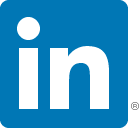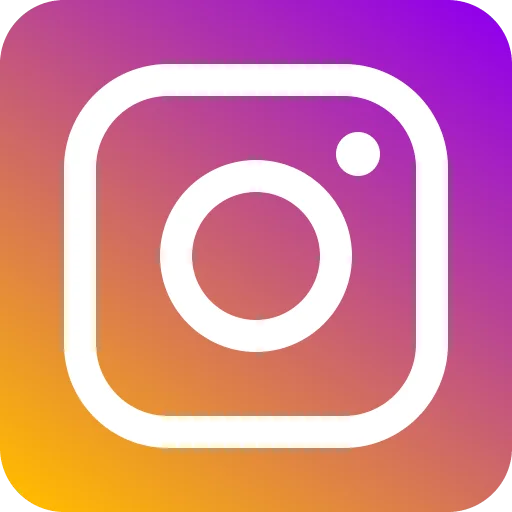Many projects in the product development industry will require clear parts, both in the prototyping stage, as well as the early production stages of manufacturing. In this post, we will discuss the processes, finishes, and pros & cons of several options that can be utilized to build clear parts.
First we’ll start with the single prototype or “One off” as it’s often called. At this stage, the parts are delivered to test fit, assemble with existing components or mating surfaces, and function test under varying light environments. There are two primary technologies that deliver clear parts in the one or two part stage.
SLA
Additive manufacturing using a clear photocurable resin. Some examples include Accura 60, Accura Clearvue, Somos 11120. Beginning with the base of clear resin, parts are built layer by layer with a UV laser curing precise areas on top on one another as the part is lowered into the vat of resin. Upon completion, the part is raised out of the wet bath and drained. Then support structures are removed, and the finishing process can begin. Finishing involves hand sanding the parts with progressively smoother grit sandpaper, eventually moving to a wet sand process, until the desired level of clarity is achieved.
Pros: Precision, cost effective for one or two parts, geometries that CNC is unable to achieve, fairly robust
Cons: Economies of scale max out when platform is full, ever curing UV resin eventually results in yellowish tint
CNC
Clear parts can be created using traditional machining techniques beginning with a block of clear thermoplastic such as Polycarbonate, Acrylic, or Lexan. The machining process removes areas of the billet material block little by little using an extremely sharp & precise cutting tool. Once the part is complete, it is removed from the cutting chamber, and like in additive processes, the part needs to be finished by hand or by applying a highly specific vapor chemical, polishing the part one “sweep” or hand motion at a time. This process resembles the motion used when painting a household wall with a handheld brush.

Pros: The real thing (actual end use material, that is), Production thermoplastic characteristics, extremely durable, functional end use parts
Cons: Set up costs incurred limit quantity practicality, cost can be prohibitive for 10 or more parts, slow lead times
Cast Urethane
Urethane casting utilizes a two part material mixture that, when blended, starts a chemical curing process the results in rigid clear parts that take the shape of a silicone or acrylic mold. Clear material options include PC-Like, Crystal Clear and Light pipe by BJB. Hand finishing of these parts once removed from the mold involves some combination of sanding, polishing, tumbling, and immersing in a chemical bath. The result is 1 to 100 clear production worthy parts in a matter of weeks. The key in achieving optical clarity in this process is ensuring ultimate surface finish clarity with zero blemished starting with the master pattern.
Pros: Parts mimic production quality and function, precise repeatable molds, re-use of master patterns for future runs
Cons: Lead time to first article, heat deflection is fairly low, process requires experienced tradesman, it’s an art more than a science

About the Author: Bill Artley is the Vice President of Operations at PrintForm and has written many articles & white papers on product development, sourcing, additive manufacturing, and materials. He is a contributing author and peer reviewer of The 3D Handbook (http://a.co/h9fL1b5), a top 10 Amazon Best Seller in its category.





